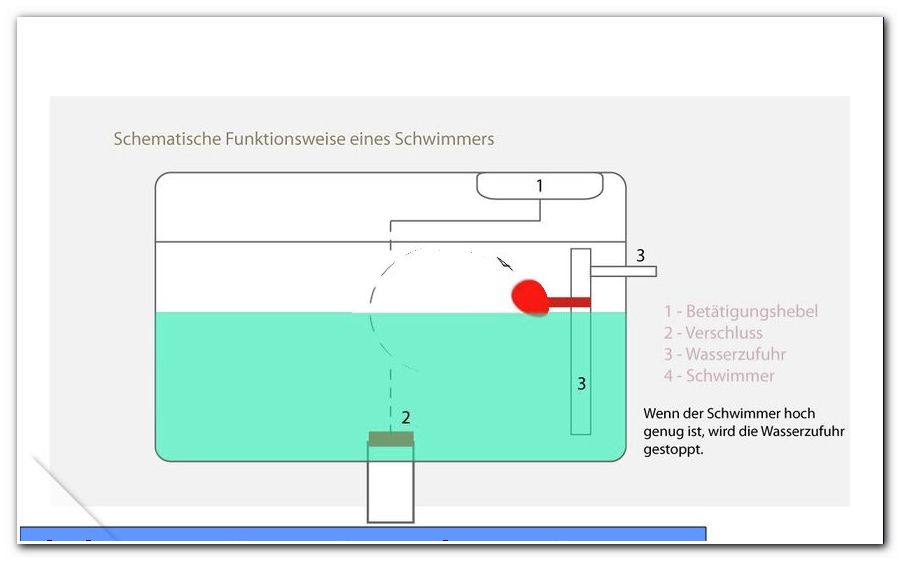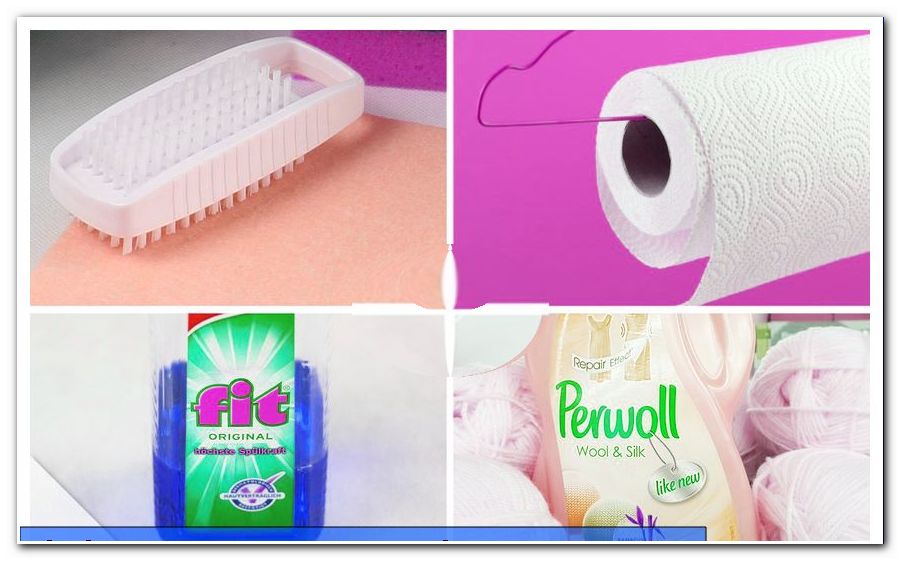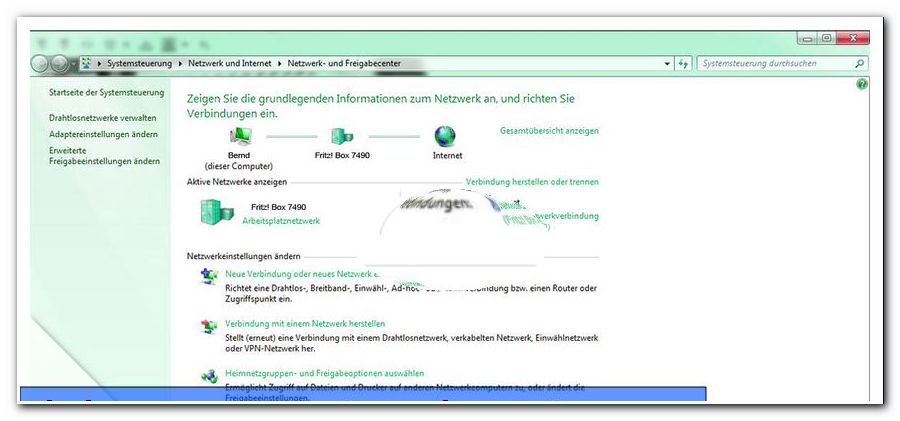Sew baby trousers / pants - free instructions and patterns

- preparation
- Sew children's trousers
Every time I sit down at the sewing machine, I think to myself, "What's nicer to sew than baby clothes?"
Depending on the age of your little treasure, we provide you with a pattern for the double sizes 56 - 80. The children's pants are also perfect as a gift in the context of a newborn set and can also be sewn with "Mitwachsbündchen", so you longer enjoy the chic pants.
However, if you have less time, you can simply omit the subdivision of the trouser legs and the drawstring, including the drawstring.
You need this:
- two different jersey fabrics (about 0.3 x 0.3 m)
- suitable cuff fabric (tubular fabric) approx. 25 cm
- Rotary cutter or scissors
- SnapPap or leather scraps (only for baby pants with eyelets)
- 2 x eyelets and perforation pliers (about 8 mm diameter)
- Cord (about 8 mm in diameter, waist length + 20 cm)
- pen
- Your sewing or overlock machine

Difficulty level 2/5
(Punching the holes and attaching the eyelets requires a lot of routine, otherwise the pants are suitable for beginners!)
Cost of materials 2/5
(Between 10-20 EUR, depending on the fabric)
Time required 3/5
approx. 2 h (without subdivision and drawstring approx. 30 min)
preparation
With the fabrics, you have the opportunity to combine various jersey fabrics. Allowed is what pleases!
I like to use a patterned fabric and a matching plain-colored fabric. As a result, the baby pants do not seem too restless, but is still playful and looks cute.
The cuff fabric can also be combined with: light cuffs on top, dark cuffs on legs or vice versa. Again, I try not to use too many patterns at once. In that case, I opted for a subtle, mottled cuff fabric.

If you do not have jersey fabric at home, you can also use sweat fabric or similarly soft fabrics. I would not recommend weaving in this case, because the inside of the children's trousers would be a bit too "scratchy".
1. First we print out our pattern and make sure that the size is set to 100%. If you are not sure, you can measure the check box on the pattern (3 cm x 3 cm).
Click here to download the pattern: Pattern for baby pants
2. The cut pattern will then be cut to the desired size. For newborns is usually the double size 56 + 62, this I use for gift sets to my girlfriends and new parents. Note the colorful lines that indicate the size. Now, the individual parts of the pattern are glued together with Tesafilm, so that a large sheet arises.
3. Now we cut the two dashed lines in the knee area for the subdivisions. The pattern should now look like this:

4. Now comes the trickiest part of the preparation: we cut the fabrics! Lay the pattern with the largest part on the fabric, which you have two layers (!) In front of you. The dotted line of the fabric break we have on the edge:

The place of the fabric break later becomes the middle of the front of our baby pants. With the pen we mark the lines as exactly as possible on the fabric.
ATTENTION: For the four lines that we have cut through the template, we must add 0.5 cm seam allowance when drawing!

Tip: So that the material does not slip too much, the two fabric layers can be attached with pins.
The two smaller parts of the pattern are each placed 1x normal and 1x wrong on the fabric (also here the fabric can be doubled and cut) and marked with the pen. The oval part is placed on the second, in our case plain-colored fabric, so that we can sew fabric A - fabric B - fabric A for our baby pants alternately and seen from top to bottom. Again, add the seam allowance at the subdivision.

Sew children's trousers
1. First, the subdivisions are sewn to the trouser legs. For this we put the oval pieces right to right on the lower part of the pants. Since both fabrics were cut around, this is a bit difficult. The best way to do it is to piece together the fabric bit by bit and then fix it.
2. Then we sew the fabric pieces together with either the overlock machine or the zigzag stitch on the sewing machine.

3. We will do the same for the lower part of the trouser legs.
Our baby pants now looks like this:
4. The pants are now folded in the middle and the back seam pinned right and right sewn:
ATTENTION: Here only the upper part is sewn!
5. Now we pull the children's trousers apart again so that the trouser legs become visible. These are now pinned to the inseam and sewn.

Our baby pants are almost ready!

6. Next comes the cuff. Bundchenstoff we are always supplied in the form of tubular fabric, that is, you can comfortably cut two-ply and then "only" one step side stitching. We now measure the width of the waistband of our baby pants and the width of the two pant legs. These dimensions are multiplied by 0.7 so we get the desired width of our cuff.
Both the hip and panty cuffs will be cut to the appropriate width and 10 cm (equivalent to a 5 cm cuff).
Tip: Who would like to sew the baby pants with "Mitwachsbündchen", here takes a length of 20 cm for the trouser legs. The finished cuff is then folded up when worn and can be folded out again if necessary.

7. We can already sew on the cuffs for the trouser legs. To do this, we sew the side parts of all cuffs right to right first, so that a "ring" is created. Then we fold this once left to left through the middle upwards and pin the cuff on the outside of the trouser leg.
ATTENTION: The cuff is pinned on the baby pants right to the right. This means that before sewing on the bottom should be a total of 3 side panels over each other.
8. Stitching the cuff is sometimes a bit tricky as the cuff fabric should be 30% shorter than our jersey pant leg. For this, the cuff fabric should always be at the top when sewing so that we can pull it nicely.

Tip: Do not pull the cuff too tight, otherwise the seams will slip. However, it should work out with a little practice!
9. After stitching the cuffs all around, the pant leg should look like this:

10. Now we take care of the drawstring, which we will later pull through the drawstring of our children's trousers. The ends of the drawstring can either be knotted simply, or knotted with SnapPap or leather. For this we put the cord in a piece of SnapPap and fold it in the middle.
Then tap the three open sides of the SnapPap or leather with a simple straight stitch and use the pair of scissors to cut off the protruding material.

11. To attach the eyelets, we first attach our little SnapPap or leather squares to the cuff. To do this, we glue them in place with textile glue.
12. Then the squares are fixed again with the straight stitch of our sewing machine. Since this is very small work, it is recommended to use the handwheel on the edges. When sewing "around the corner", the needle remains in the fabric, the presser foot is raised and the fabric under the sewing machine is turned 90 degrees. Then the presser foot is lowered again and the next side of the rectangle can be stitched.
13. In the middle of the just attached squares, we now punch a small hole with our punch tool - if possible in the middle.

Then the eyelets are fastened with the pliers in the hole.
Our cuff takes shape and can be attached to the children's pants in the next step.
14. To do this, we pin the cuff again on the right side of the trousers, so that the edges are exposed at the top. The whole thing we sew again with zigzag stitch or the overlock machine.

Tip: Because the cuff is noticeably shorter than the jersey fabric, it can be a bit difficult to pin down. I always put the seams together. Then I attach the opposite sides with pins or Wonderclips. For pinning the remaining parts, always pull the cuff a little to fix it, so that the fabric is sufficient for the whole rounding.
15. Now we pull the cord through the eyelets and voila: Our baby pants is ready!

I hope you also enjoy this great pattern and experiment with different fabric combinations, cords and cuffs. The children's pants can of course be decorated with decorative buttons on the front or various applications!





